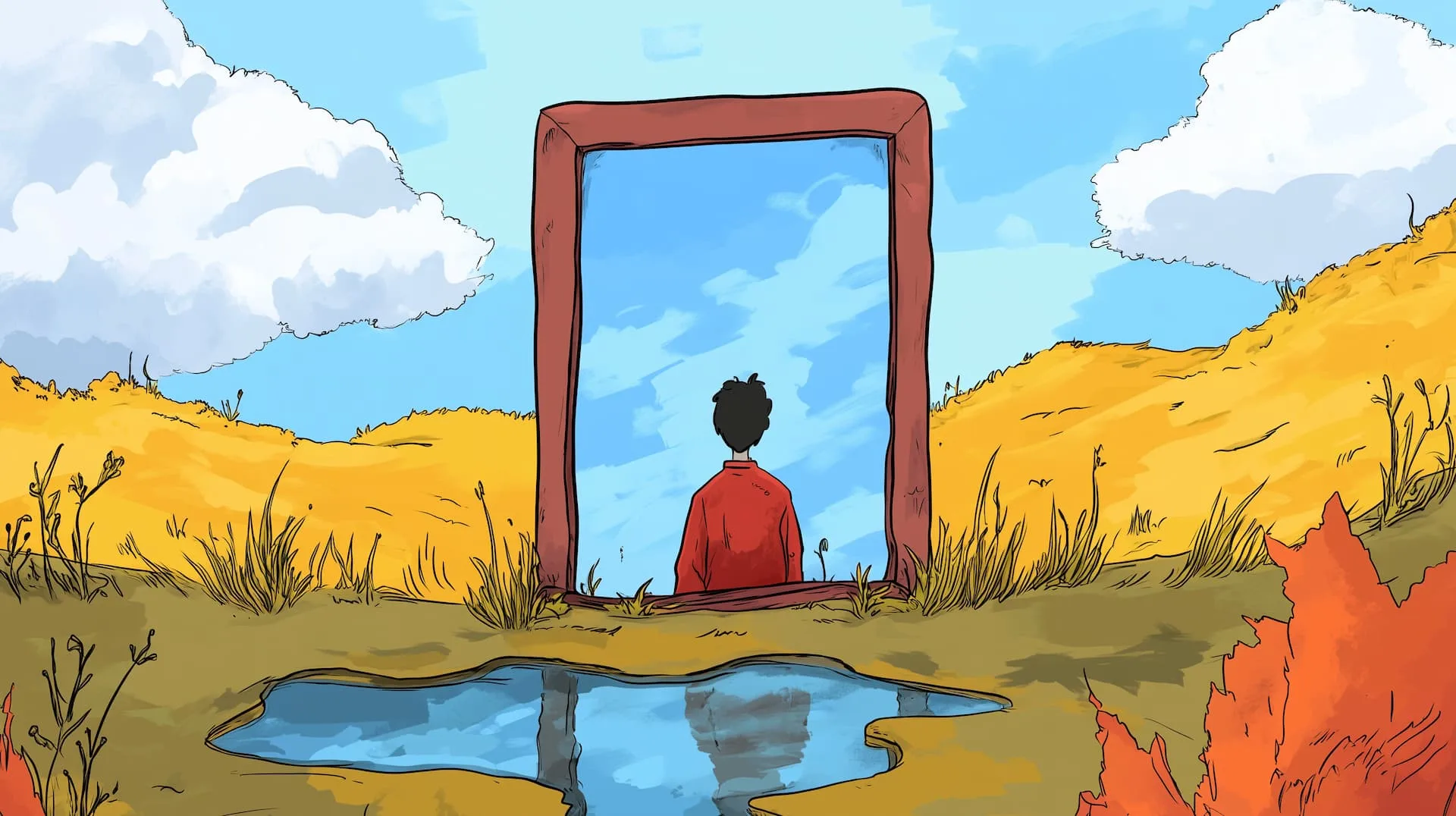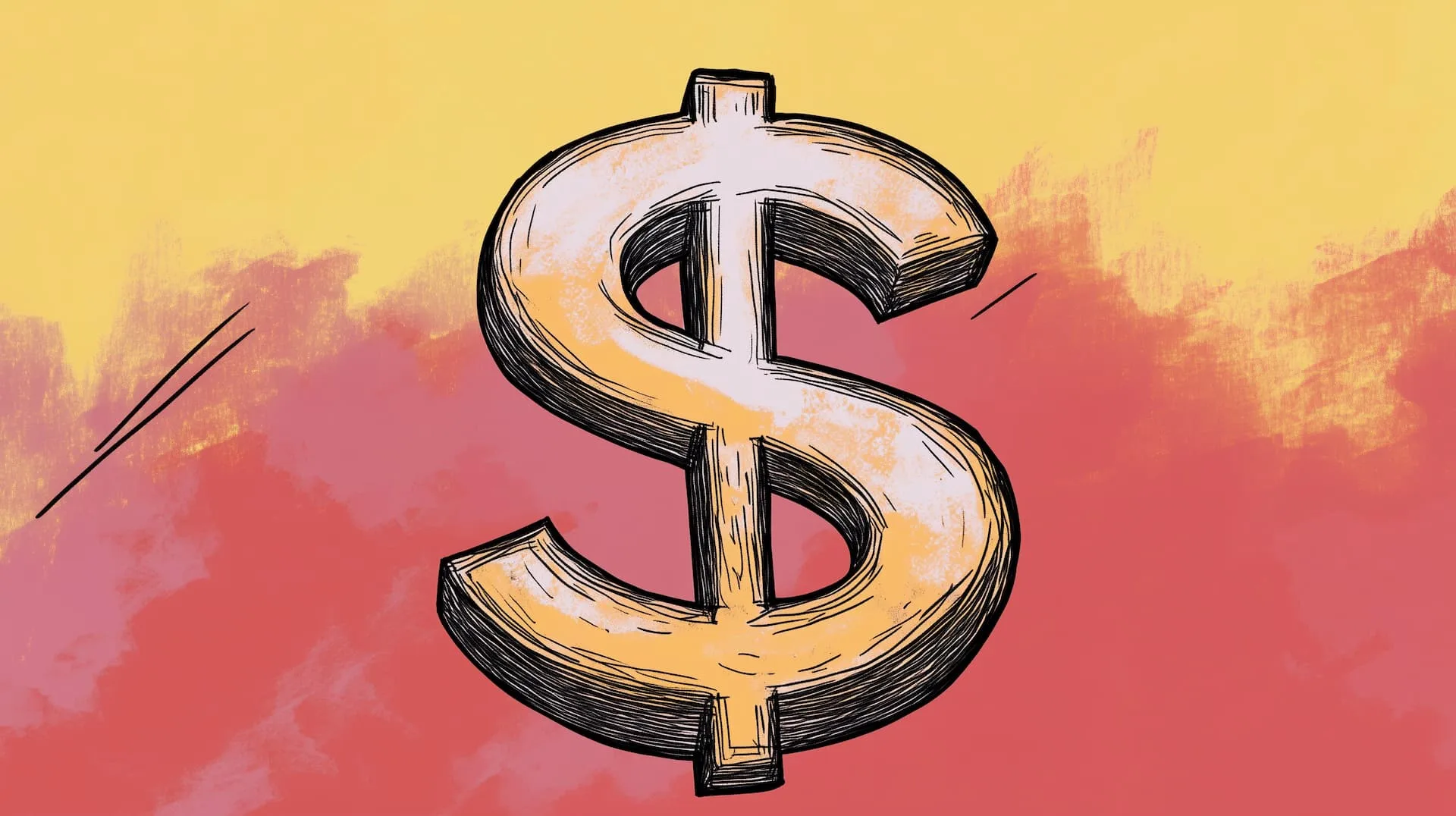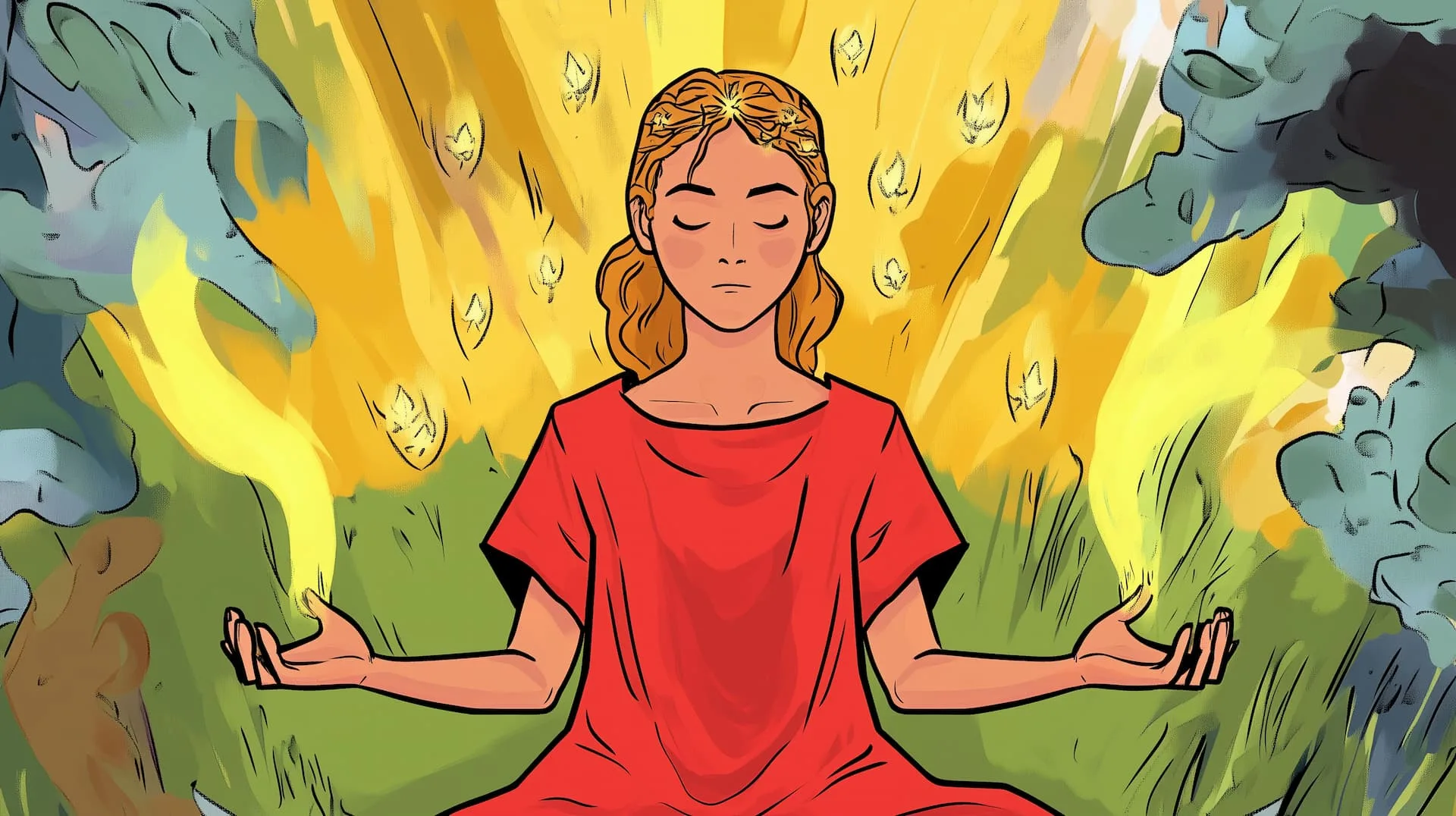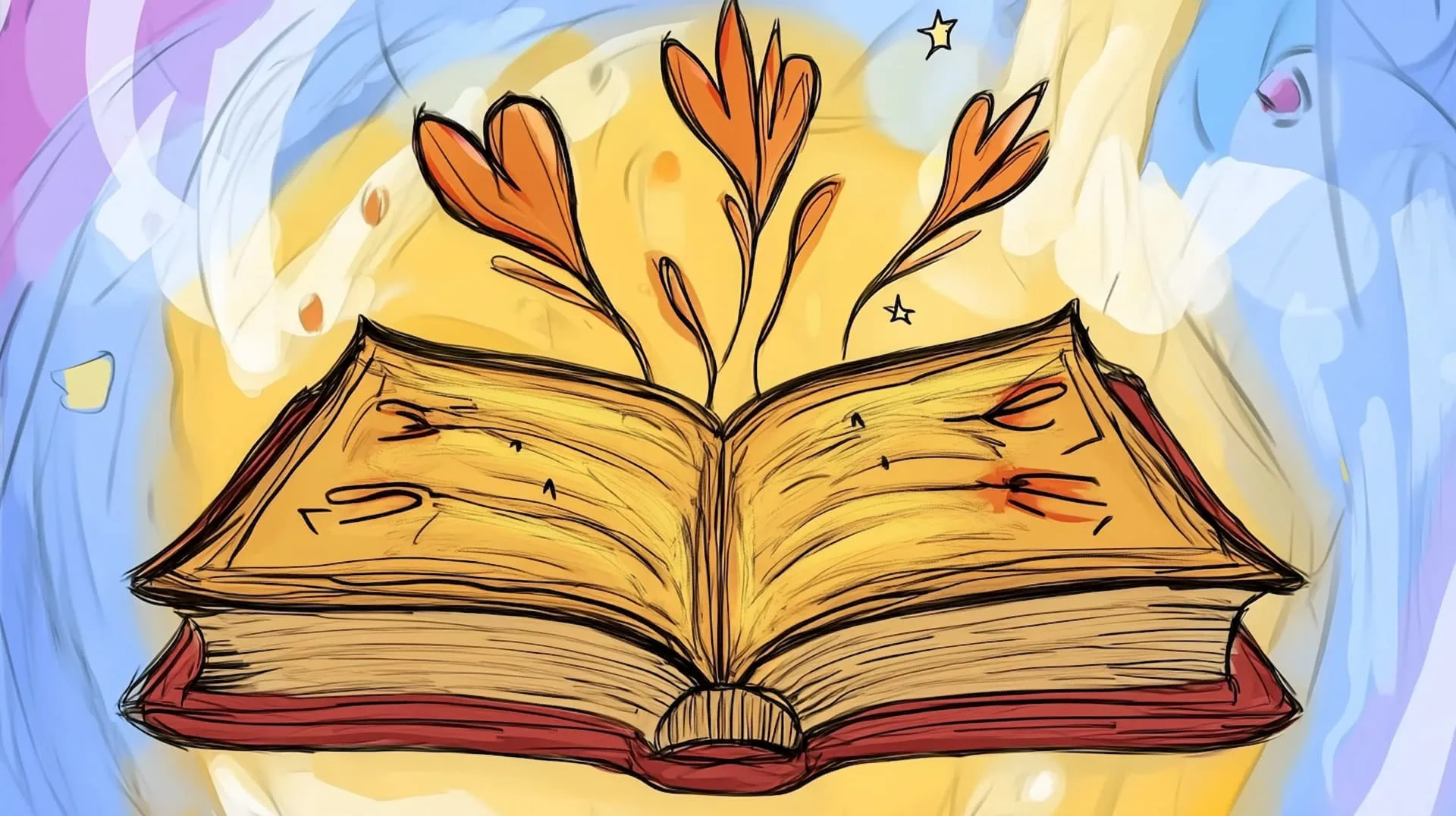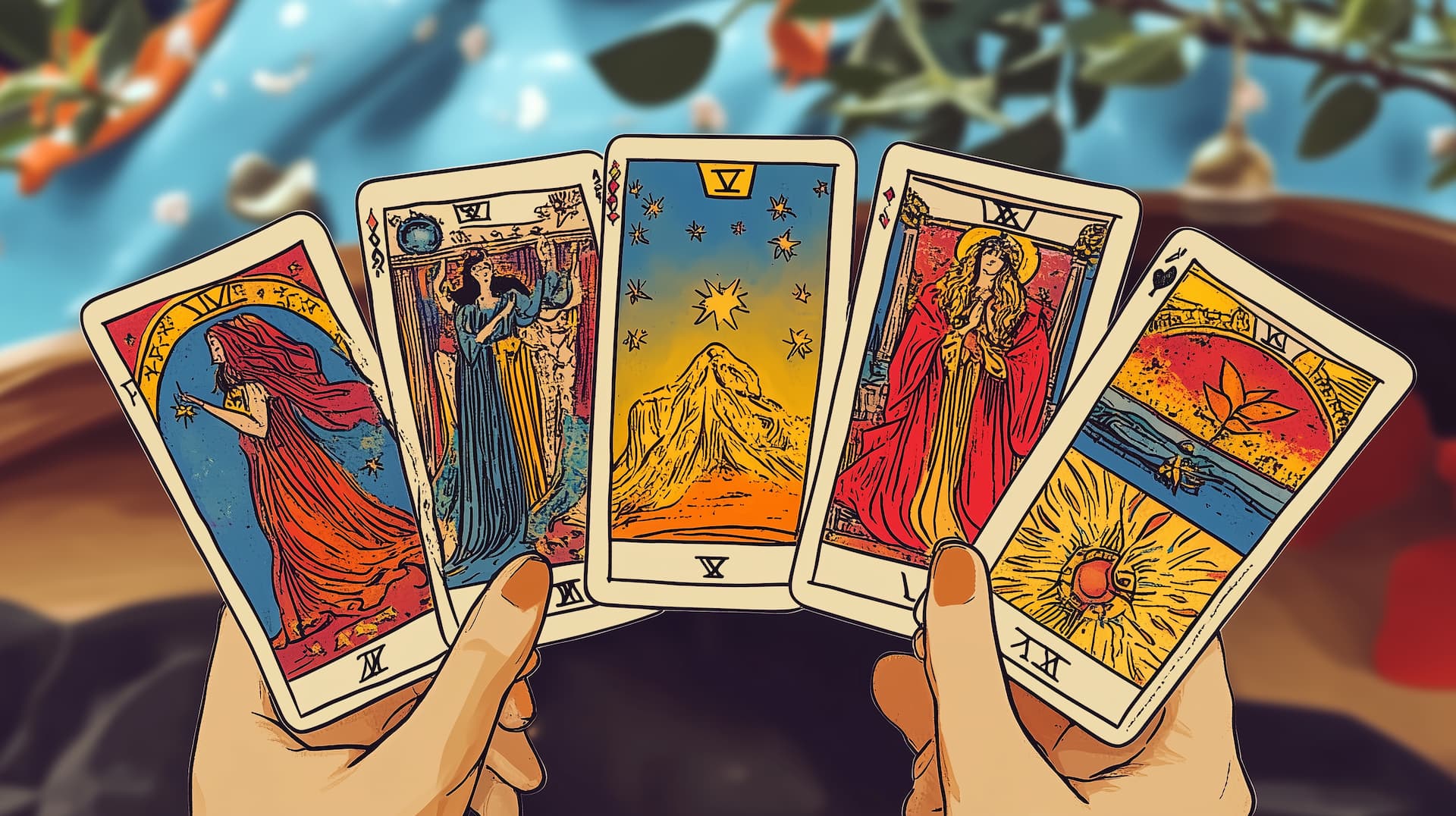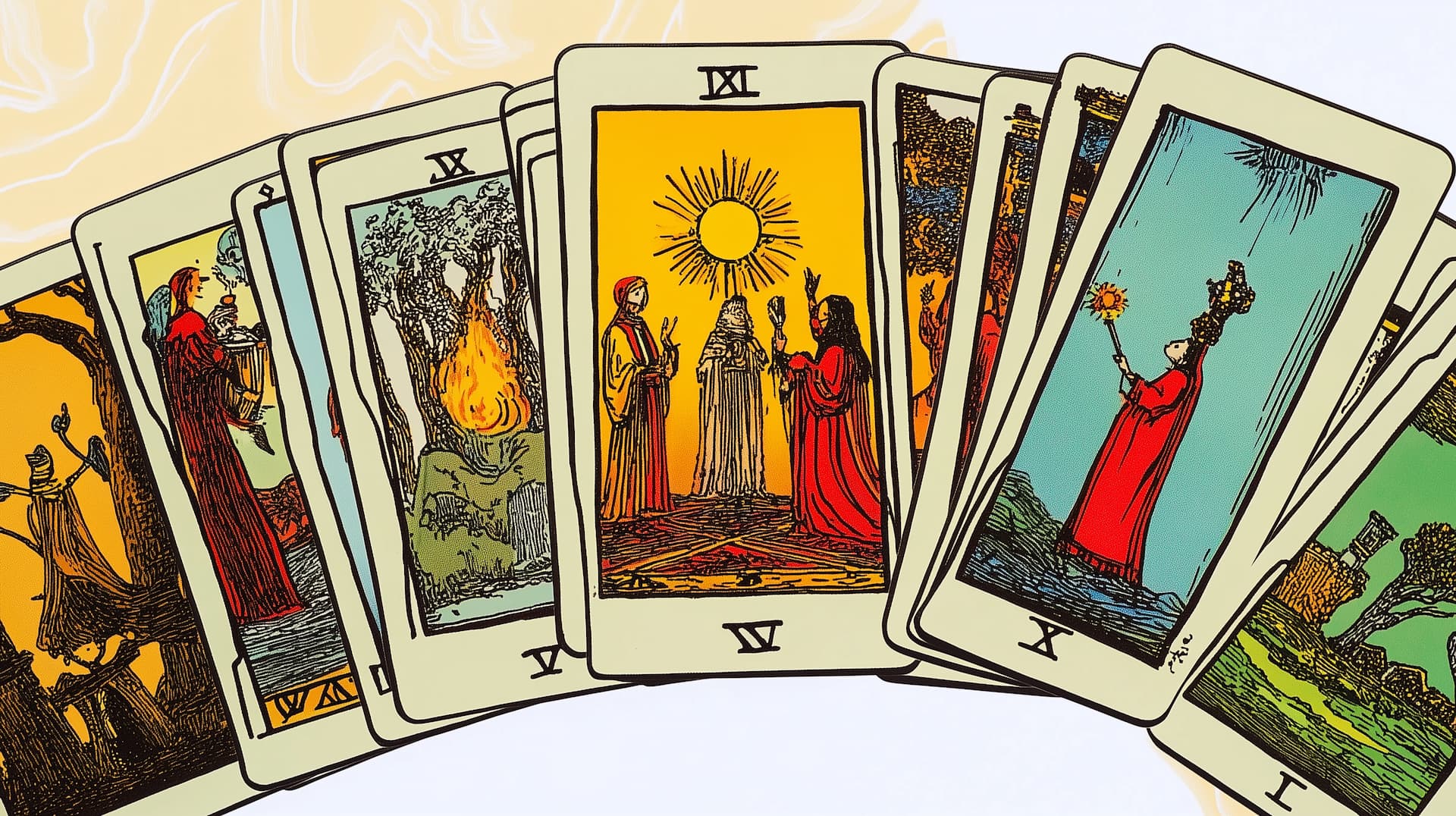
Sometimes referred to as reversals, reversed cards are basically the classic tarot cards, but in an upside down position. When you draw cards and line them up, they could be in an upright position or a reversed one.
Learning how to read reversed tarot cards will give your reading more layers of interpretations. Besides, reversed cards are quite common, so they do require a lot of attention. These being said, let’s find out more about these cards and what they’re trying to tell you.
What Reversed Tarot Cards Actually Mean
Some readers don’t incorporate reversed tarot cards into their readings, or at least not until they gain some experience.
The truth is reversed cards do show up in your readings, and they do require some attention. Each card in the tarot deck has different interpretations based on the type of reading and the position of the card. When they’re shown reversed, they require extra attention because they practically scream for it.
Generally speaking, their interpretation is flipped over. If a card is normally positive, it becomes negative when reversed.
Take the Fool, for example. It showcases someone who’s willing to take risks in order to succeed. When reversed, the card shows an anxious individual who’ll never leave their comfort zone.
Obviously, different cards have different meanings, so the interpretation doesn’t always go in the opposite direction. Sometimes, it’s just a negative element of a positive one, such as an exaggeration. That’s why it’s important to understand how these cards work.
From some points of view, cards are considered light if upright, while the reversed position is the shadow side.
When not sure how to read reversed tarot cards, keep in mind that interpretations are subjective. The more you read and practice, the better you’ll be. You can pick any random way to interpret reversed cards, just make sure it works for you.
How to Read Reversed Tarot Cards
There are quite a few ways to explore when undecided on how to read reversed tarot cards.
The Opposite
Again, this is the simple way to read reversed tarot cards. It’s not always 100% accurate, but interpretations apply to most cards, with a few exceptions. As long as you know the upright interpretation of the card, you can reverse everything by using opposites.
For example, take a look at the Three of Swords. In a classic position, it shows some sort of painful experience. It could be a matter of communication or perhaps a heartbreak. It could go even further and indicate grief as well.
When it shows in a reversed position, take the opposite of all these. Basically, it could showcase a healing process after a heartbreak, as well as love and harmony. It may also underline a kind connection with someone else.
The Exaggeration
Too much of something could also be a problem. It applies to everything in life. Even if something is good in particular, exaggerating it will cause some problems. The same rule applies to tarot readings.
From this point of view, some readers focus on an excessive energy that takes all the good things and makes them slightly negative.
For instance, look at the Nine of Pentacles. It’s a good card in an upright position. It shows luxury and comfort. It’s about abundance, so you’re living your best life. You’re also grateful for everything you have.
If reversed, it could mean too much of all these. Too much comfort, too much luxury, this could mean you’re spending too much. Spoiling yourself over the limit will lead to a negative outcome.
On the same note, the reversed Nine of Pentacles may also show that you’re too materialistic, so you’re overlooking other aspects of life, such as work or perhaps your family.
The Lack of Energy
While too much energy isn’t good, too little energy is just as bad. No matter how positive a card may seem, a reversed position shows it doesn’t reach its full potential because the energy is insufficient.
Take a look at the Three of Pentacles. When upright, this card shows a good collaboration. It shows teamwork, and it’s often associated with an excellent working environment.
If reversed, it may show that none of these benefits will reach its full potential. There’s not enough work getting done. There’s not enough collaboration between the involved parties.
It could also indicate that you’re trying to do everything by yourself, which is exhausting and time consuming. Allowing others to contribute can provide better results.
The Internalized Meaning
Some readers internalize the meaning of the card when it shows up in reversed. Basically, while many cards showcase an external energy around you, the reversed position could be all within yourself.
For instance, look at the Tower card. If upright, it shows chaos. It tells you that you need a deep foundation if you truly want to build something. Your career, for example, won’t get too far if you’re not aligned with your current job. You might be in a relationship, but it won’t last without a foundation.
If reversed, the card may suggest the necessity to internalize the message. It may not necessarily be about losing your job or ending a relationship, but about yourself. You could change your mindset or maybe have an epiphany.
You may go through an experience that will completely change your values. Or perhaps you’ll realize that now it’s the right time to make a change, such as moving abroad.
In the end, whether you choose to view reversed cards as representing opposites, exaggerations, a lack of energy, or internalized meanings, each of these methods provides a unique lens through which you can understand the messages of the tarot.
